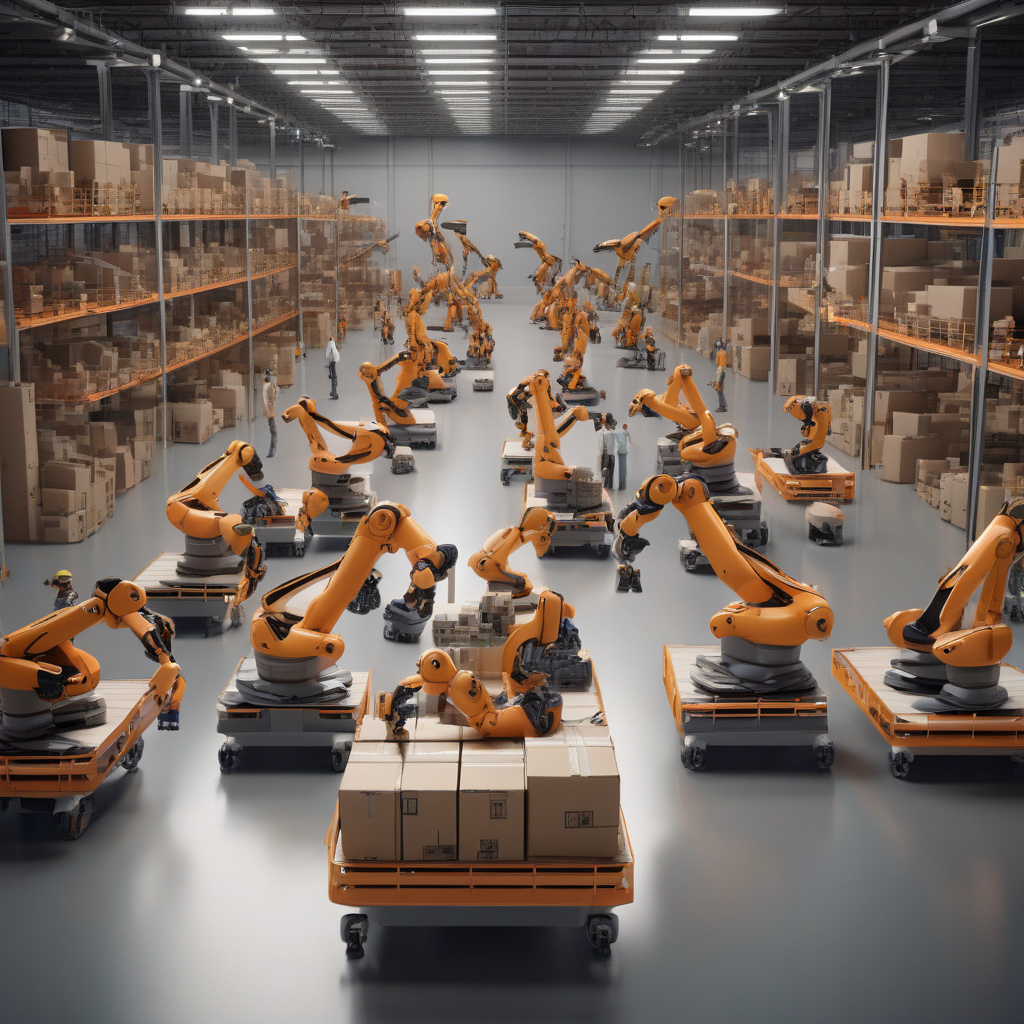The recent revelation that Amazon intends to replace over 600,000 US workers with robots by 2033 has sparked widespread discussions about the future of automation in the workforce. According to internal documents obtained by The New York Times, the e-commerce giant is gearing up to leverage automation to streamline its operations significantly. By doubling its current sales volume, Amazon aims to automate 75% of its entire business, an ambitious goal with profound implications for the labor market.
Amazon’s robotics team’s innovative efforts are central to this transformative shift. By developing robots capable of handling tasks traditionally performed by human workers, Amazon anticipates eliminating around 160,000 jobs in the US by 2027. This strategic move not only enhances operational efficiency but also yields substantial cost savings for the company, estimated at a remarkable $12.6 billion. Such substantial savings, equivalent to about 30 cents per item delivered, underscore the economic rationale driving Amazon’s automation initiatives.
In navigating this transition, Amazon appears mindful of the potential public relations challenges associated with large-scale workforce automation. To mitigate negative publicity, the company strategically refrains from using terms like “automation” and “AI,” opting instead for more palatable phrases such as “advanced technology” and “cobots” (collaborative robots). By emphasizing the collaborative nature of these robots, Amazon seeks to portray automation as a complementary force that augments human capabilities rather than a direct replacement.
While Amazon asserts that the leaked documents do not encapsulate its complete strategic vision, the implications of this shift towards automation are profound. As one of the largest employers in the US, Amazon’s transition towards a more automated workforce sets a significant precedent for the broader industry. The increasing integration of robots into various operational facets raises pertinent questions about the evolving nature of work, the redefinition of job roles, and the imperative for upskilling and reskilling initiatives to adapt to this changing landscape.
As we hurtle towards a future where automation reshapes traditional employment paradigms, it becomes imperative for stakeholders across sectors to proactively engage with the challenges and opportunities presented by these technological advancements. While automation promises enhanced efficiency and cost-effectiveness for businesses, it also necessitates a concerted effort to address the potential socio-economic ramifications, including workforce displacement and the imperative for continuous skills development.
In conclusion, Amazon’s ambitious automation agenda underscores the inexorable march towards a more technologically driven future. By strategically leveraging robotics and automation technologies, the company seeks to revolutionize its operations, setting a precedent for the wider industry. As we navigate this transformative landscape, proactive collaboration between industry, policymakers, and academia becomes indispensable to harness the full potential of automation while mitigating its disruptive effects on the workforce.

